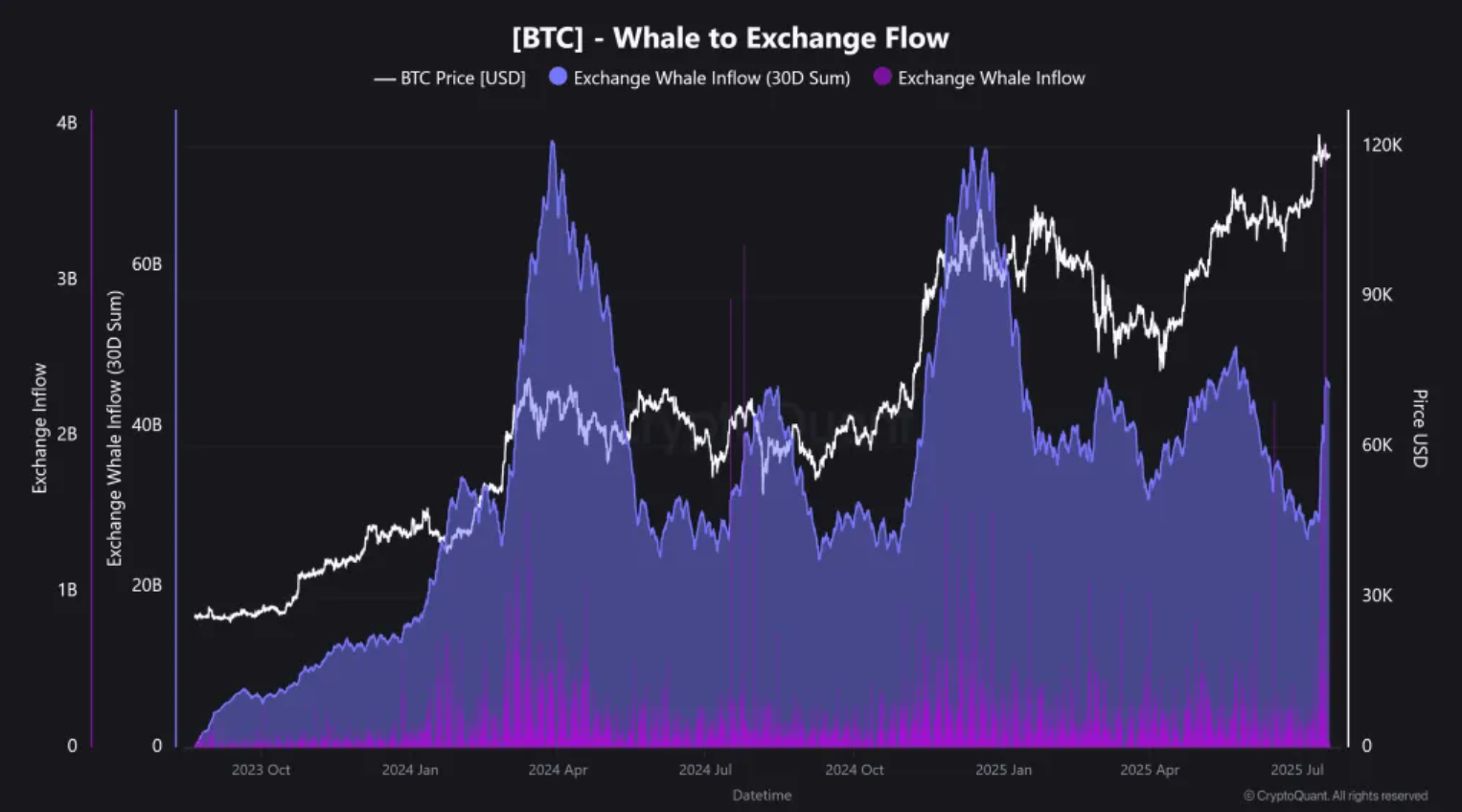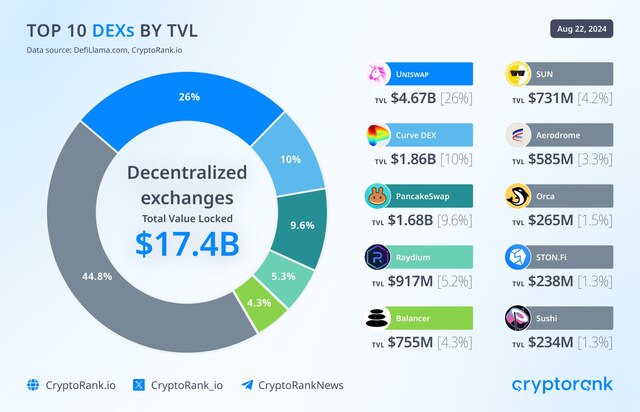Frank Holmes, co-founder and Executive Chairman of Hive Digital, stated that some countries under U.S. sanctions are using Bitcoin mining as a covert channel to access international financial flows. He shared this view during TheStreet podcast.
Mining as a Tool to Bypass Restrictions
According to Holmes, a sharp 15% drop in Bitcoin’s hashrate and network difficulty in June 2025 coincided with airstrikes on Iran by Israeli and U.S. forces. He suggested that Iranian military forces had been illegally mining BTC to convert it into U.S. dollars, and that damage to power plants from the strikes disrupted these operations.
“This is not just about the Middle East. When governments like these can’t directly get dollars, they start mining Bitcoin,” Holmes said.
He emphasized that the authorities in such countries are generally not crypto-friendly and act primarily in the interest of strengthening their economies while circumventing sanctions.
The “Axis of Evil” and the Global Hashrate Map
When asked by host Scott Melker about the scale of this covert mining activity, Holmes replied that over time it will become public knowledge and could turn into “a significant source of revenue for the Axis of Evil.”
According to Hashrate Index, as of early 2025 the global hashrate distribution was:
- USA — 38%
- Russia — 16%
- Iran — 1–2%
For comparison, in 2021 Iran’s share was around 4–5%, which may indicate reduced capacity due to external pressure.
Hive’s Strategy: Holding Assets and Expanding Operations
Holmes confirmed that Hive follows a strategy of holding mined BTC, but will sell part of its holdings when needed to expand the business. For example, the company sold some reserves to acquire mining capacity from Bitfarms in Paraguay.
This move allowed Hive to:
- increase production volumes,
- raise daily revenue to $760,000,
- set the stage for projected growth to $3 million per day as hashrate expands.
According to BitcoinTreasuries, Hive currently holds 2,201 BTC.
Mining Market on the Rise
Analysts at JPMorgan named July 2025 as one of the most successful months for public Bitcoin miners, with revenue per 1 EH/s reaching its highest level since the last halving — a sign of recovering profitability in the sector.










